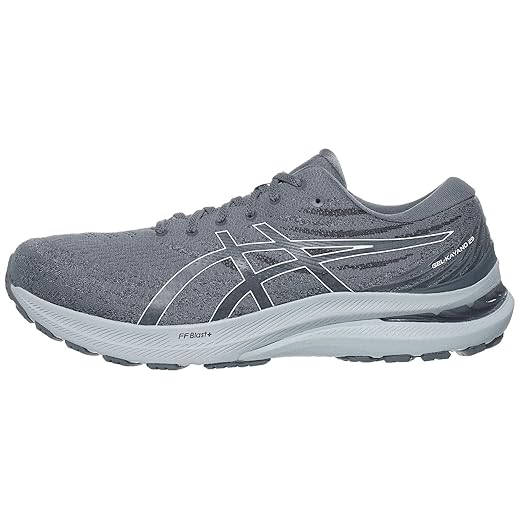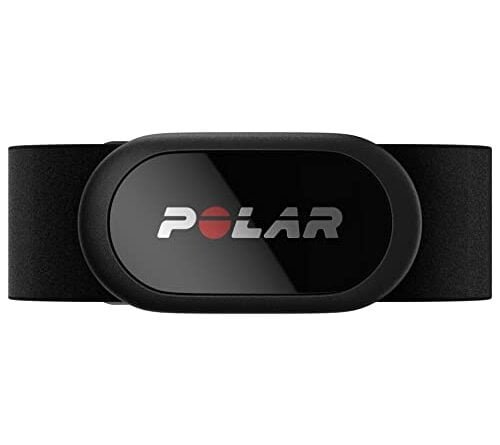
In this step-by-step guide, we will help you choose the perfect running shoes. Whether you’re a seasoned runner or just starting out, finding the right pair of shoes is essential for a comfortable and injury-free run. We will walk you through the process of determining your foot type, understanding different types of running shoes, and finding the perfect fit. By the end of this guide, you’ll be equipped with all the knowledge you need to make an informed decision and find the perfect running shoes for you. Happy running!
Top Picks for Runners’ Footwear



How to Pick the Perfect Running Shoe | Which Shoes Are Ideal for You?
Consider your running style and foot type
To start, analyze your running style and foot type. Pay attention to how your feet land when you run. Are you an overpronator, underpronator, or neutral runner? Overpronation is when your feet roll inward excessively, while underpronation (or supination) is when your feet roll outward. If you have a neutral running style, your feet land evenly. Knowing your running style will help you determine the type of shoe support you need.
To determine your foot type, perform a wet test. Wet the bottom of your feet and step onto a piece of paper or a dark-colored surface. Examine the shape of the wet footprint left behind. If you have a low arch or a flat foot, you are likely an overpronator. If you have a high arch and very little contact with the ground, you may be an underpronator. If your footprint shows a moderate curve inward with a distinct band connecting the heel and forefoot, you probably have a neutral foot type. Understanding your foot type is crucial in selecting the right shoes that provide the necessary support and stability for your specific needs.



Determine your shoe size
To measure your feet and determine your shoe size, follow these easy steps. First, find a blank piece of paper, a ruler, and a pen or pencil. Place the piece of paper on a hard, flat surface, such as the floor.
Next, take off your shoes and socks, and stand barefoot on the piece of paper. Make sure your weight is evenly distributed on both feet. Use the pen or pencil to trace the outline of your feet on the paper. Start from the tip of your longest toe to the back of your heel. Repeat this process for both feet.
After tracing both feet, use the ruler to measure the length of each foot from the longest toe to the back of the heel. Write down the measurements in inches or centimeters. Remember, running shoes may fit differently than regular shoes, so it’s essential to measure both feet accurately.
Once you have the measurements, refer to a shoe size chart to determine your shoe size. Most shoe size charts will have the corresponding shoe size based on foot length. Keep in mind that different brands may have slight variations in sizing, so it’s always helpful to try shoes on before making a purchase.
Understand the shoe categories
Learn about the different shoe categories, including stability, cushioning, and minimalist. Each category has its own unique features and benefits, so it’s crucial to understand which one is best suited for your needs.
To start, familiarize yourself with stability shoes. These shoes are designed to provide support and control for individuals who overpronate, which means their feet roll inward excessively while walking or running. Stability shoes usually have a firm midsole and a supportive structure that helps to correct the foot’s motion, providing a more balanced and aligned stride. If you have flat feet or need extra support, stability shoes may be the right choice for you.
Next, let’s explore cushioning shoes. These shoes are all about comfort and shock absorption. They are designed with extra padding in the midsole to provide a softer and more cushioned feel during impact. If you have high arches or prefer a more forgiving and plush ride, cushioning shoes might be the perfect fit for you. They are ideal for long-distance runners or individuals seeking extra comfort during their workouts.
Lastly, minimalist shoes are a unique category that focuses on providing a more natural and barefoot-like experience. These shoes have minimal cushioning and a low heel-to-toe drop, promoting a more natural foot strike pattern. Minimalist shoes are popular among runners who want to strengthen their feet and improve their running form. However, it’s essential to transition gradually into minimalist shoes to allow your feet and muscles to adapt.
By understanding the different shoe categories, you can make an informed decision when choosing the right pair of shoes for your needs. Consider your foot type, running style, and personal preferences to ensure that you find the perfect shoe that supports and enhances your performance.
Try on multiple brands and models
To find the perfect running shoes, you should visit a specialty running store and try on multiple brands and models. Start by asking the staff for assistance and explaining your running habits and preferences. They will guide you in selecting a few options to try on.
Once you have a selection of shoes, put them on and walk or run in each pair. Pay close attention to how they feel on your feet. Look for any pressure points or discomfort, especially in areas like the toes, arches, and heels. Take note of any areas where the shoes rub or feel too tight.
Remember, the goal is to find a comfortable fit that provides enough support and cushioning for your running style. Don’t rush this process—take your time to truly assess the comfort and fit of each pair. By trying on multiple brands and models, you increase your chances of finding the perfect running shoes that will keep you comfortable and injury-free.
Consider your budget and preferences
When it comes to choosing running shoes, it’s important to consider your budget and personal preferences. Running shoes can vary greatly in price, so it’s essential to determine how much you are willing to spend. Take a look at your overall budget and allocate a reasonable amount for your running shoes. This will help you narrow down your options and prevent you from overspending.
In addition to your budget, consider your personal preferences when selecting running shoes. Some runners have specific brand preferences, while others may prioritize certain features such as cushioning, stability, or flexibility. Think about what is important to you in a running shoe and make sure the shoes you choose meet your individual needs. Remember that everyone’s feet are different, so what works for someone else may not necessarily work for you. By taking your personal preferences into account, you can ensure that the running shoes you choose align with your specific requirements.
The Decision is Yours
In conclusion, choosing the perfect running shoes is essential for a comfortable and enjoyable running experience. Throughout this guide, we have discussed the importance of finding shoes that offer the right support and comfort for your feet. We have also emphasized the significance of considering your running style and foot type when making a selection. By taking these factors into account, you can ensure that you find the perfect running shoes that will help you reach your fitness goals while minimizing the risk of injuries. So, lace up your shoes, hit the pavement, and enjoy your runs with confidence!
Finding the Right Fit
Getting the Most Out of Your Running Shoes
- Choose the right pair: Make sure you pick running shoes that fit you properly and provide adequate support and cushioning. Visit a specialty running store to get properly fitted or consult with a knowledgeable salesperson
- Lace them up correctly: Learn how to tie your running shoes properly to ensure a secure fit. Start by making sure the laces are evenly tightened and double-knot them to prevent them from coming undone during your run
- Break them in: Before going for a long run, gradually break in your new running shoes by wearing them for short periods of time during walks or light jogs. This will help your feet and the shoes adjust to each other and avoid any discomfort or blisters
- Use them exclusively for running: It’s best to reserve your running shoes solely for running activities. Using them for other activities like walking or casual wear can wear them out faster and affect their cushioning and support
- Replace when needed: Keep an eye on the condition of your running shoes. Over time, the cushioning and support will wear out, which can lead to discomfort or even injuries. As a general guideline, aim to replace your shoes every 300-500 miles or every 6-12 months, depending on your running frequency and intensity







